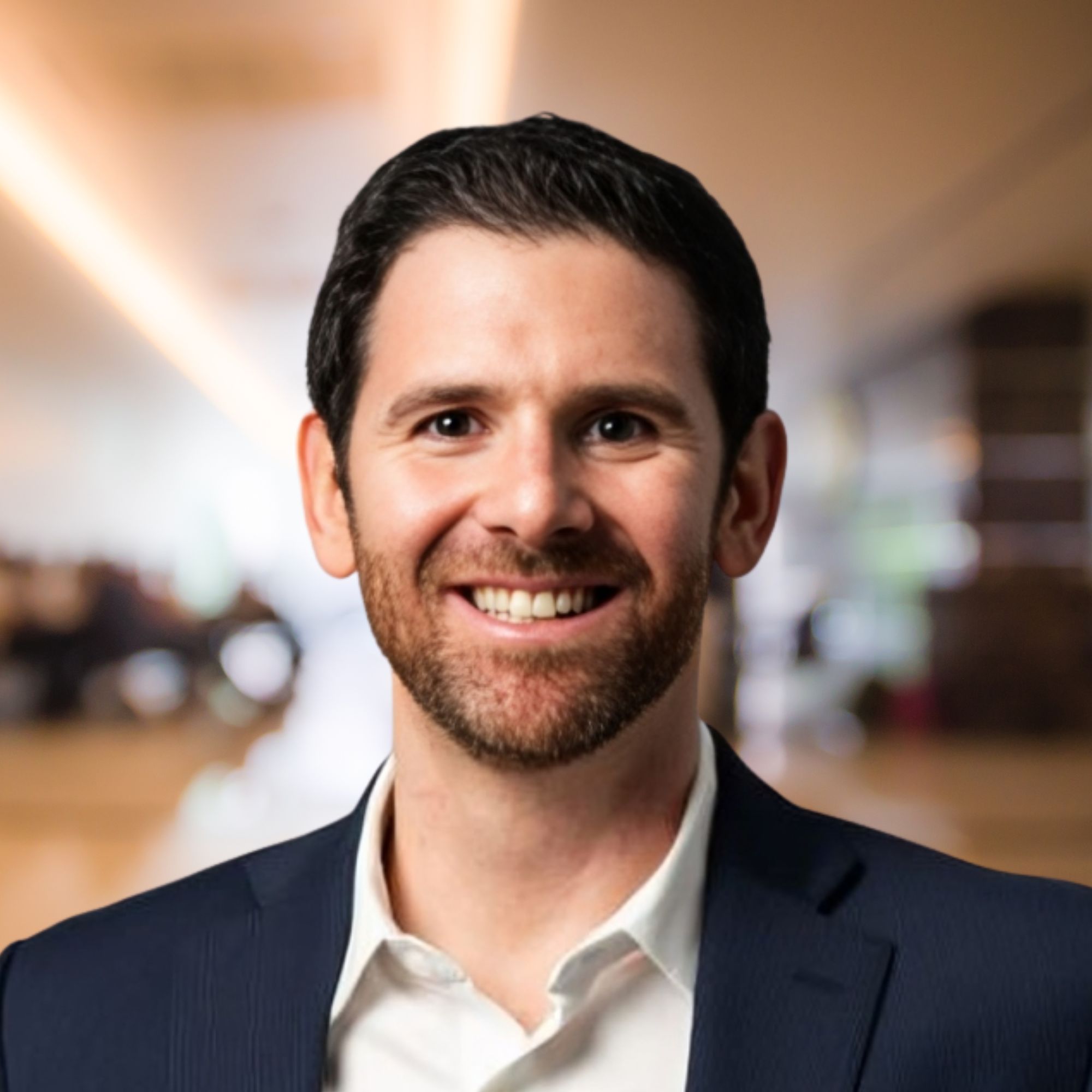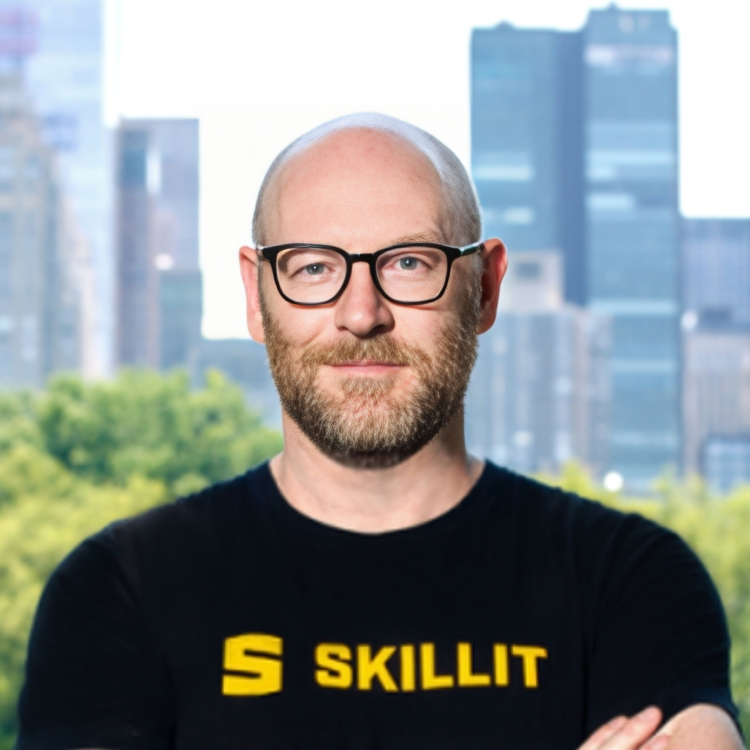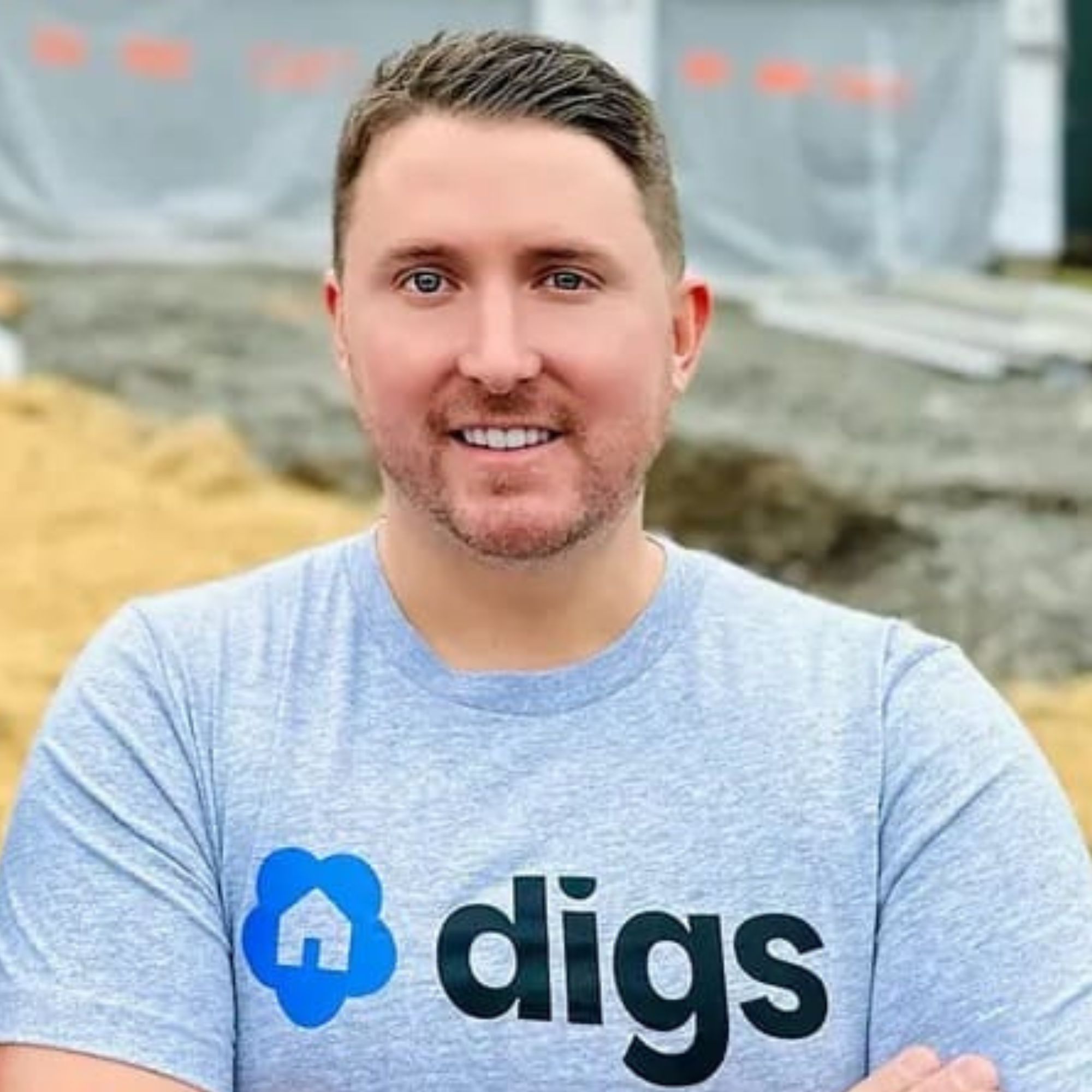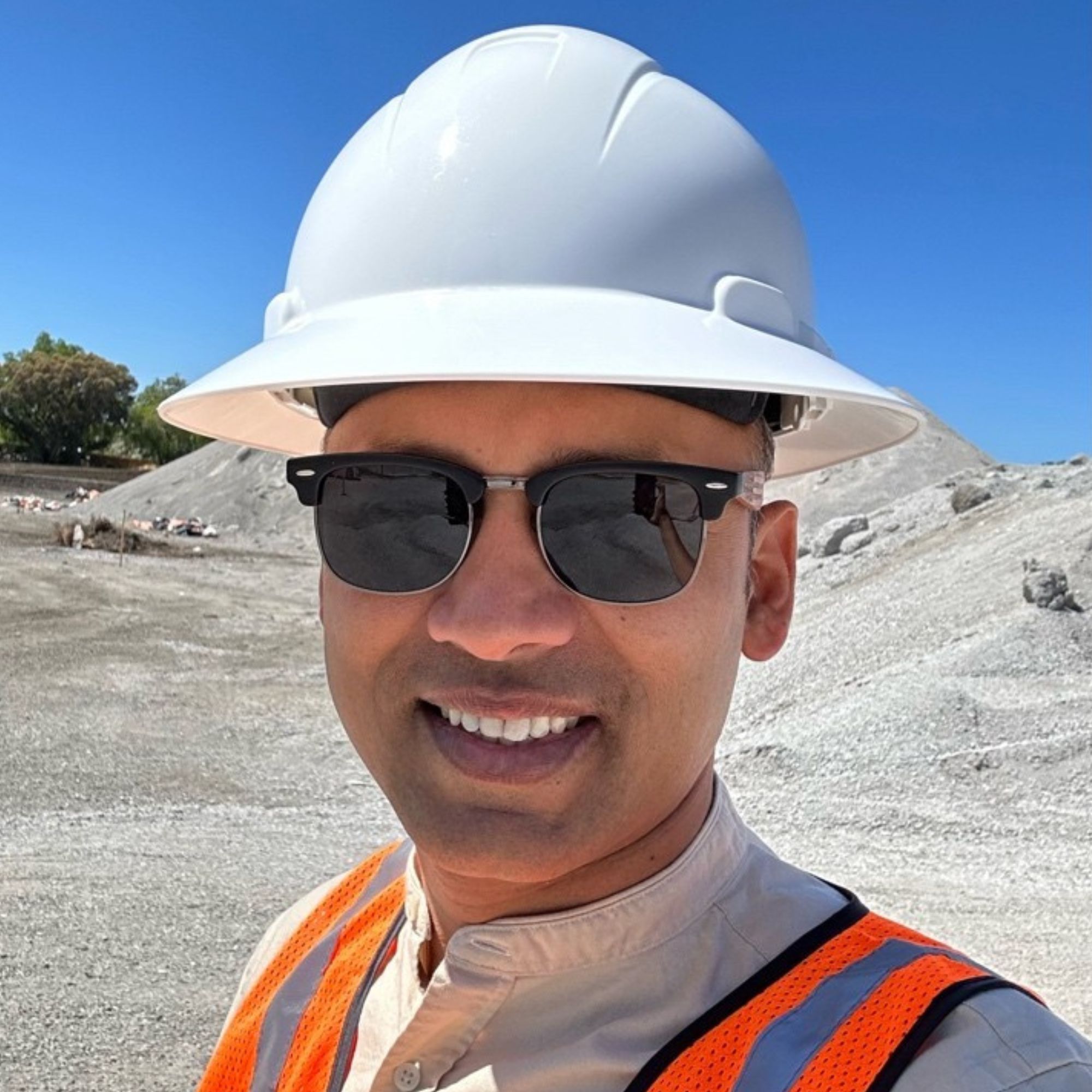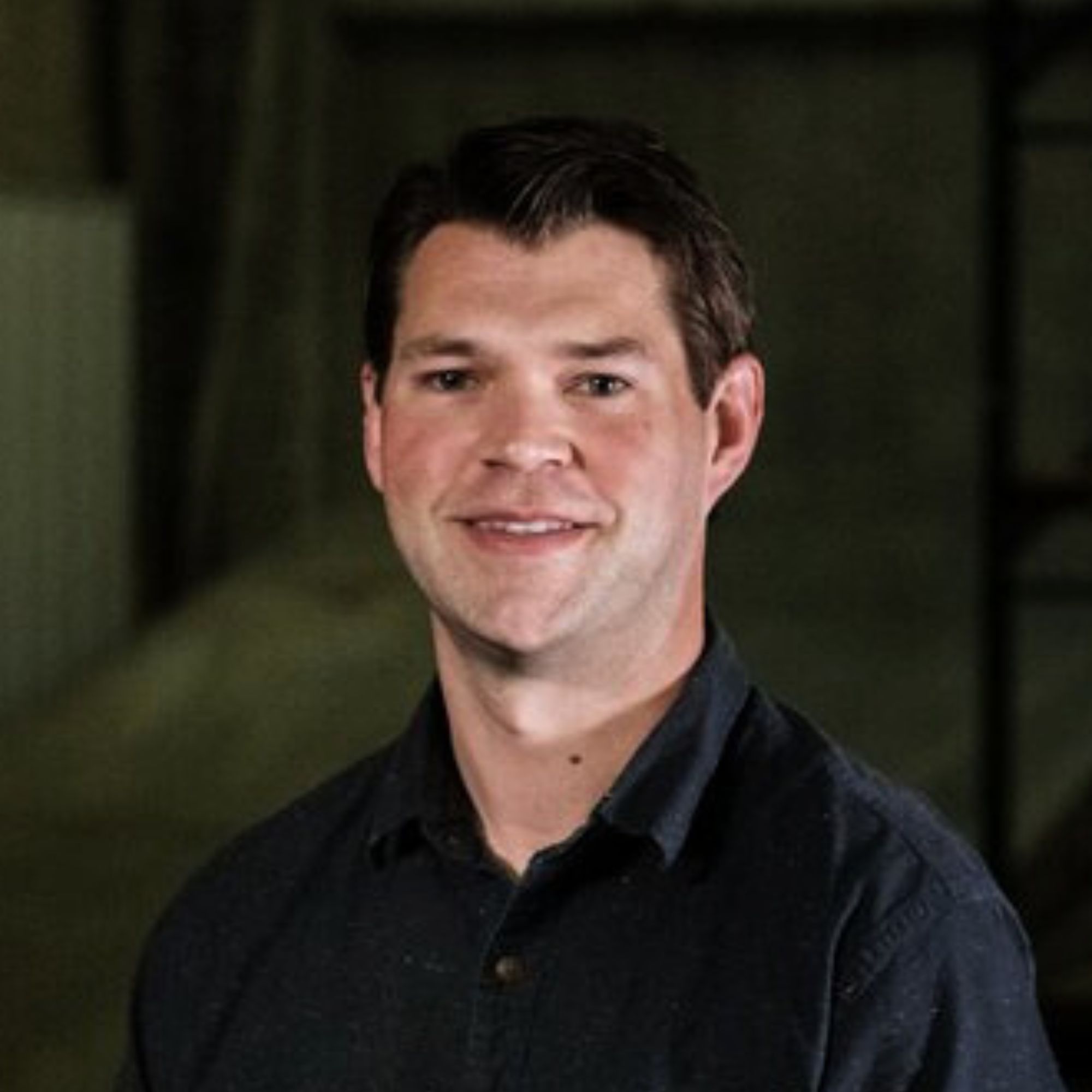Ready to build your own Founder-Led Growth engine? Book a Strategy Call
Frontlines.io | Where B2B Founders Talk GTM.
Strategic Communications Advisory For Visionary Founders
Actionable
Takeaways
Let the market dictate product-market fit, not your vision:
Zach emphasized that "the founder doesn't get to dictate product market fit. The market dictates product market fit." After conducting 100+ customer discovery calls, Rhumbix pivoted from their original wearables IoT concept when customers consistently said they'd pay immediately for digital time cards instead. B2B founders must listen to market signals over their initial product vision and be willing to pivot when customers clearly articulate a different, more urgent need.
Find intrinsic motivations in early customers:
Rhumbix secured their first customers by identifying intrinsic motivations beyond the product itself. One customer was a tech-savvy IT director excited about digitizing workflows, while another was a fellow veteran who wanted to support Zach's veteran-founded company. B2B founders should look beyond product fit and identify personal or professional motivations that drive early adopters to take risks on unproven solutions.
Be intentional about market segment alignment:
Zach's most important go-to-market decision was pivoting upmarket to focus on customers willing to spend $5K-$10K rather than trying to serve everyone. Small customers were "a drag on professional services and customer success" compared to larger ones. This strategic focus led to higher NPS scores, more evangelistic customers, and increased referrals. B2B founders must align their product development, pricing, and go-to-market strategy around a specific market segment rather than pursuing a "sell to anyone" approach.
Leverage founder-market fit for category creation:
In construction, an industry skeptical of technology vendors without domain expertise, Zach's authentic background as a Navy veteran who managed construction projects was crucial for credibility. His "workers first" positioning wasn't just marketing—it influenced product decisions and resonated with industry buyers who could spot inauthentic positioning immediately. B2B founders entering traditional industries should leverage authentic domain expertise as a competitive advantage in both sales and product development.
Embrace pivots as smart business strategy, not failure:
Initially viewing pivots negatively, Zach learned that "almost all successful companies have pivoted" and that experienced entrepreneurs use pivots strategically to find product-market fit. When they updated investors about moving away from hardware to pure SaaS, the response was overwhelmingly positive due to better unit economics and reduced complexity. B2B founders should reframe pivots as intelligent responses to market feedback rather than admissions of failure.
Conversation
Highlights
From Copper Mines to Category Creation: How Rhumbix Built a $46M Construction Tech Company
Most construction tech companies start with a technology looking for a problem. Rhumbix started with a problem so visceral that it shaped everything they built afterward.
In 2013, Zach Scheel was managing project cost controls at the world’s largest copper mine in northern Chile. His team needed accurate data to track an 8,000-person construction project, but their primary source was “a thousand paper time cards handwritten in Chilean Spanish” that took “a 70 person clerical staff three to four days to translate to English, put into an Excel spreadsheet that was uploaded to an access database.” By the time Zach’s team could audit the data, it was a week old and “almost all of it was wrong.”
This wasn’t just an inconvenience. The project operated under a cost-plus contract, meaning “any overages were passed on to the owner,” creating “a very contentious situation” with the client. Here was Bechtel Corporation, “number one builder in the world,” struggling with basic field data accuracy in 2013 – the early days of Uber and mobile apps showing up on construction sites.
In a recent episode of Category Visionaries, Zach Scheel shared how that experience in Chile led to founding Rhumbix, a construction workforce management platform that’s raised $46 million in funding and created an entirely new software category.
The Wearables Detour That Taught Everything
Zach’s initial solution wasn’t what Rhumbix does today. Inspired by his Fitbit, he wondered if “risk mounted wearables could track work on job sites the same way the Fitbit knows when you’re running, biking, swimming.” The original MVP was a wearables IoT platform using Samsung Gear Live watches – this was “pre Apple watch and everything.”
The summer of 2014 found Zach and his co-founder waking up “at 4:30 in the morning, drive down to Stanford’s campus, get a bunch of donuts and burritos to take out to the job sites” with “a bunch of hat together Samsung Gear live watches that were hooking up construction workers to so they would start work at 6am every morning.”
But after conducting customer discovery with “100 different prospective customers,” a clear pattern emerged. While customers appreciated the health and safety potential of wearables, they consistently said: “I understand what you’re trying to do and I like the idea but honestly if you could get rid of these paper time cards, I’d pay you for that today.”
This created a crucial founder moment. Zach emphasizes that “the founder doesn’t get to dictate product market fit. The market dictates product market fit.” Despite feeling “guilt or shame around telling” investors about abandoning the original vision, the market signal was clear.
When they finally updated investors about the pivot, the response was immediate: “I think that’s a great pivot. Hardware is expensive. There’s all the reasons that can fail. Supply chain. Just do a pure SaaS software play.”
Building Trust in a Risk-Averse Industry
Transitioning from wearables to software solved the technical challenge, but selling to construction companies presented a different hurdle. As Zach puts it: “If you get this wrong, they could face probably penalties. Like, there’s a lot that can go wrong if you are wrong.”
Their first two customers revealed the psychology of early adoption in traditional industries. Kevin Su, an IT director at Air Systems, “had seen what was going on with PlanGrid and the traction there and had always been kind of interested in tech and startups.” His intrinsic motivation was “being a tech nerd geek and wanting to see more technology at his company.”
The second customer, HD Chan at Anvil Builders, was “a veteran that started a construction company” who took a risk on Rhumbix because of “that shared kind of veteran camaraderie.” For HD, the motivation was “wanting to support a fellow veteran and seeing an opportunity to help his business as well.”
Both customers bought for reasons beyond product functionality – they had personal motivations that aligned with business needs. This pattern taught Zach the importance of “finding that intrinsic motivation” in early customers.
The Upmarket Pivot That Changed Everything
Rhumbix’s most important go-to-market decision came years later: refusing to serve small customers. “We’re not going to sell to customers that aren’t willing to spend 5 or $10,000,” Zach explains. “Did they end up being way more a drag on our professional services and our customer success team than the big customers? Let’s just focus on the big customers.”
This wasn’t just about revenue. Small customers created operational inefficiencies that larger customers didn’t. The upmarket focus led to “higher nps, you get more evangelistic customer base, you get more referrals.” As Zach notes: “Being very intentional about align your product with the market segment that you’re going after was probably the number one decision that we made.”
This strategic focus enabled field sales, which requires higher average selling prices to maintain unit economics. In construction, “the sales cycle will be longer, but the retention is going to be higher. You know, they want to find a long term partner.”
Surviving the 2022 Funding Freeze
Rhumbix faced its biggest test in late 2022 when their term sheet was “pulled in, like, November right before Thanksgiving.” With “nobody getting on the checkbook” and “all the recessionary headwinds on the horizon,” they needed to pivot from growth to profitability.
The solution required difficult decisions. They “reduce headcount like 55, 60%, but we maybe only lost 30% of the capacity of the company.” Going “from 50 down to, like, 20” people revealed how much “fat we had collected along the way” during high-growth mode.
Zach reflects: “When you’re in a high growth VC backed operating mode, I think that’s part of it. It was growth at all costs until it was profitability at all costs. And that pivot happened very quickly in the market.”
The experience taught valuable lessons about team resilience and operational efficiency. Of the remaining team, “we only lost one person since then” who “really wanted to go back to the construction industry.” The downsizing proved “how capable that team was” and how much could be accomplished with fewer resources.
Creating a Category Through Problem-Solving
Rhumbix didn’t set out to create the “field workforce management” category. Instead, it emerged organically through years of customer development. Early positioning attempts like “workforce telematics” and “the field data company” confused customers who would ask: “Just what do you do?”
The evolution went from “time and resource management” to “field and workforce management” before “workforce management has definitely begun to stick and see more people kind of label and brand themselves as such.”
The category makes sense in context. While “human capital management platforms, Bamboo hr, adp, you know, Paylocity and stuff like that do well for the HR functions for the office staff,” they “really fall on their face when they get out to the field.” Field workforce management fills “the nexus of a little bit of the erp, a little bit of the human capital management, but a lot of the white space in between those two.”
Building Authentic Founder-Market Fit
In construction, founder credibility matters more than in other industries. “The industry likes to buy from people that understand their problems,” Zach explains. “Founder market fit is very important in the construction industry, especially now where there has been a lot of scar tissue created from people that have a technology that’s trying to find a problem in the industry.”
Zach’s background wasn’t just credibility – it influenced product decisions. Their “workers first” positioning “wasn’t marketing speak” but reflected genuine understanding of field workers’ needs. This authenticity resonated with buyers who “could instantly spot inauthentic vendors trying to sell to construction.”
His advice for other founders: “Don’t be afraid to kind of be who you are and say what you say.” Authenticity “builds trust, it builds rapport” and influences how teams “designed and built the product and some of the product decisions that we made to help build software that felt like it was useful for workers.”
The Future of Blue-Collar Technology
Looking ahead, Zach sees opportunity in expanding beyond construction to serve “the blue collar workforce” that “really continues to be underserved by tools.” The vision is “building out more of a blue collar human capital management platform” that helps workers “better document their journey professionally.”
He envisions “a kind of worker, LinkedIn profile sorts” that workers “can take to that next company that has their level of experience, the types of jobs they’ve worked on, the types of work they’ve done, the certifications that they have.” This would give workers “the back of the baseball card statistics” they currently lack.
This expansion aligns with construction’s culture: “Construction is a very machismo filled industry and folks love being like, this is how many thousands of hours of work I’ve done on all these hundreds of projects and how many tons of, you know, ductwork I’ve installed over my life and you know, how many cubic meters of concrete I’ve placed.”
Rhumbix’s journey from Chilean copper mines to creating a new software category demonstrates how authentic problem-solving, combined with willingness to pivot based on market feedback, can build lasting technology companies in traditional industries. Their success came not from imposing a technology vision on the market, but from listening to what the market actually needed and building accordingly.





